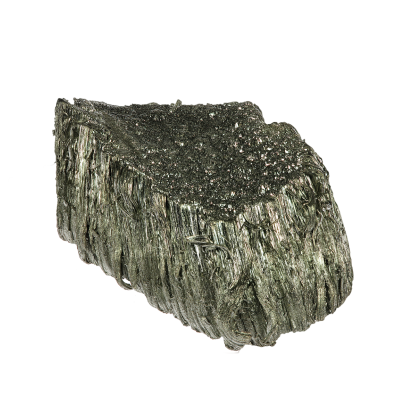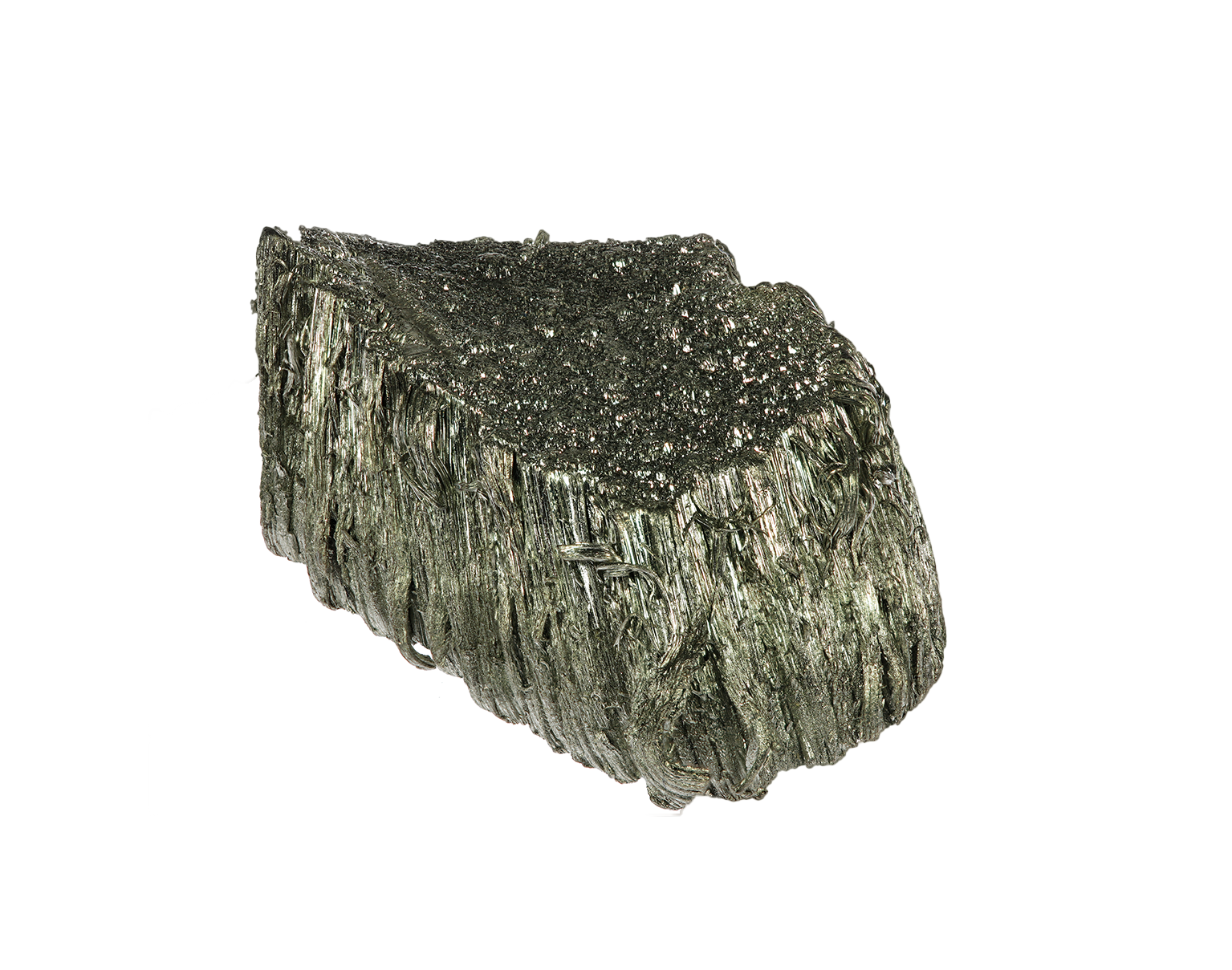Sc • Atomic Number 21

Scandium
Scandium is a soft, silvery-white element. It is a lightweight metal (low density), but it exhibits characteristics that link it to both the transition metals and the rare earth elements (lanthanides). In this way, it serves as a kind of "bridge element."
In classical rare earth minerals such as bastnäsite, monazite, xenotime, or ion-adsorption clays, scandium is usually present only in trace amounts. It is one of the rarest elements and ranks among the most expensive metals.
Its most important application is in aluminum alloys. The addition of even very small amounts of scandium significantly enhances the properties of aluminum.
Scandium was discovered in 1879 by Lars Fredrik Nilson. From 10 kilograms of euxenite and gadolinite, he isolated an oxide with previously unknown properties. He named the suspected new element “scandium” in honor of his homeland. As early as 1869, Dmitri Ivanovich Mendeleev had predicted an element he called "eka-boron" with atomic number 21. It was Per Teodor Cleve who later recognized scandium as the element Mendeleev had predicted.
Pure scandium was first produced electrolytically in 1937.
Although scandium is relatively abundant in the Earth’s crust (about as common as lead), it is extremely dispersed. It rarely occurs in concentrated deposits. The classical rare earth minerals are economically insignificant sources of scandium.
Scandium usually appears only as a by-product during the extraction of other raw materials. Today, lateritic nickel and cobalt ores are the most important sources. During the processing of these ores (e.g., in Cuba, the Philippines, Australia, and Russia), scandium is recovered as a by-product in the residues.
Scandium is also enriched in economically interesting concentrations in red mud, a waste product from bauxite processing for aluminum production.
During the production of aluminum oxide from bauxite (using the Bayer process), red mud remains as a by-product. This residue can contain up to 150 grams of scandium per ton. Although this amount is relatively small, it is one of the richest available sources of scandium.
The obtained concentrate (e.g., dried red mud) is first treated with strong acids—usually hydrochloric acid (HCl) or sometimes sulfuric acid (H₂SO₄)—in a leaching process. This dissolves the solid components, and scandium is released into the aqueous solution as scandium ions (Sc³⁺). This solution also contains large amounts of other metal ions such as iron, aluminum, titanium, uranium, and others.
The next step is purification and separation, which is the most challenging part. The scandium ions must be separated from the many other ions present in the solution. This is almost always done using liquid-liquid extraction, a method also employed for other rare earth elements.
This process is repeated several times in multiple stages to gradually isolate increasingly pure scandium.
Finally, the pure scandium is transferred back from the organic phase into a clean hydrochloric acid solution.
From this highly purified scandium salt solution, metallic scandium is produced. The two most common methods are molten salt electrolysis and metallothermic reduction. The resulting metal (known as “scandium ingots”) has a purity of about 99% and can be further purified by remelting under vacuum.
The most important and significant application of scandium is its use as an alloying additive in aluminum (Al-Sc alloys).
Even tiny additions of 0.1 to 0.5 percent scandium bring about a revolutionary improvement in the properties of aluminum alloys, making them indispensable for high-performance applications.
Scandium can increase the strength and hardness of aluminum up to twice that of conventional aluminum alloys.
In addition, scandium imparts outstanding weldability to aluminum, which is a crucial advantage in aerospace. Conventional aluminum alloys often suffer significant strength loss in the weld area. Al-Sc alloys retain nearly full strength in the weld zone because scandium effectively inhibits grain growth during heating.
Scandium also acts as a grain refiner, making the alloy tougher and more resistant to fracture.
Moreover, it provides improved corrosion and heat resistance.
Other important but economically less significant applications include solid-state lasers, high-temperature fuel cells, and lighting (metal vapor lamps).

Due to its density, scandium is classified as a lightweight metal. When exposed to air, it becomes dull and forms a protective yellowish oxide layer. Scandium reacts with dilute acids, producing hydrogen gas and trivalent cations. At temperatures above 600 °C in steam, it converts to scandium oxide (Sc₂O₃). In aqueous solutions, scandium ions behave similarly to aluminum ions, which often complicates analytical separations. It is reported to be resistant to a mixture of nitric acid and 48% hydrofluoric acid.

Rare Earth Elements

